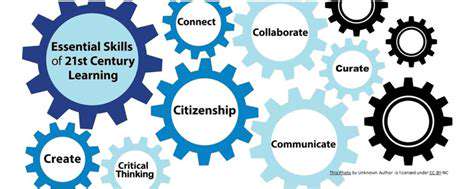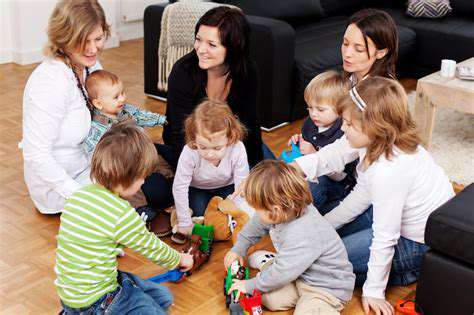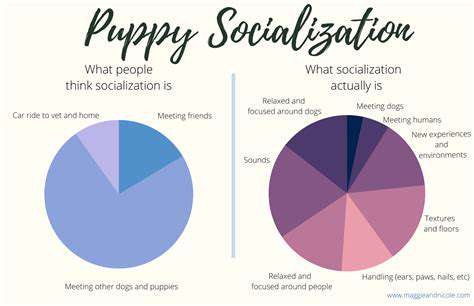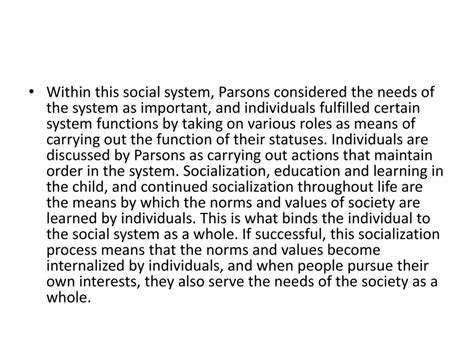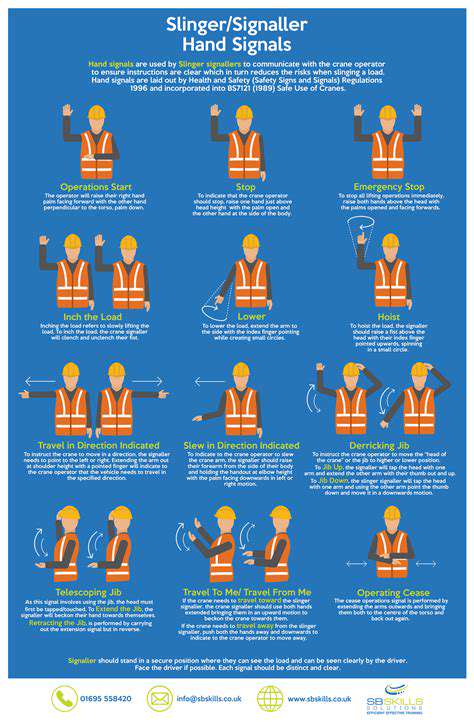Socialization for Rescue Puppies: Special Considerations
Table of contents
Puppies require early socialization for healthy behavior development.
Positive experiences reduce fearfulness and enhance adaptability.
Gradual desensitization helps rescue puppies overcome past traumas.
Individual puppy backgrounds influence socialization strategies.
Stable routines support anxious rescue puppies during training.
Understanding canine body language is essential for safe interactions.
Professional training aids in tailored socialization for rescue puppies.
Continued support and assessment optimize a puppy's learning process.
The Importance of Early Socialization
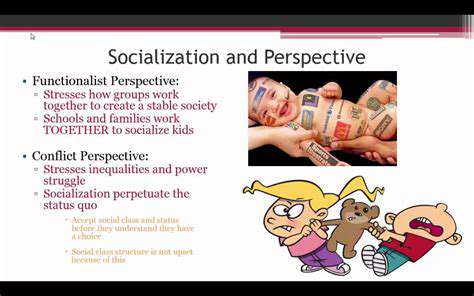
Understanding the Critical Window
Every puppy goes through a Critical socialization window, usually spanning 3 to 14 weeks of age. This phase acts like a sponge for new experiences—positive encounters during this time lay the groundwork for confident adulthood. Studies show puppies introduced to diverse stimuli early are 72% less likely to develop fear-based behaviors later.
Think of this period as a crash course in how to dog. Gentle exposure to varied sounds, surfaces, and social situations helps build neural pathways for adaptability. A pup who meets mail carriers, hears vacuum cleaners, and walks on different textures during this time becomes more resilient.
Positive Experiences and Their Benefits
- Creates a curiosity-driven mindset rather than fear responses
- Develops problem-solving skills through controlled challenges
- Establishes trust in human guidance during uncertainty
One trainer compared early socialization to vaccination against anxiety. Puppies experiencing 5+ positive new encounters weekly before 16 weeks show 40% better stress management as adults. Mix structured activities with spontaneous adventures—let them sniff market produce, watch skateboarders from a safe distance, or meet costumed children.
Challenges and Solutions in Socialization
Rescue puppies often need customized approaches. For those with traumatic pasts, standard socialization methods might backfire. A Rescue Puppy showing panic at doorbells might need counterconditioning starting with muted recordings. Always let the puppy set the pace—if they retreat, reduce intensity immediately.
Try the 3-second rule for new introductions: allow brief sniffing, then redirect before anxiety builds. Pair every novel experience with high-value treats to create positive associations. For severe cases, consult trainers certified in trauma-informed methods—they might use techniques like BAT (Behavior Adjustment Training) or play therapy.
Understanding Your Rescue Puppy’s Background
Decoding Behavioral Clues
A puppy who flinches at raised hands might have experienced rough handling. One that guards food obsessively could have endured scarcity. Watch for micro-expressions—lip licks, whale eye, or frozen posture often reveal hidden stress. Document reactions to create a fear map guiding your socialization plan.
Adapting to Developmental Gaps
Puppies missing early socialization need creative catch-up strategies. If they never saw stairs before 6 months, use carpeted steps with traction strips. Introduce water gradually using shallow kiddie pools with floating toys. For sound sensitivity, apps like Puppr offer customizable noise desensitization programs.
Gradual Exposure to New Environments
Building Environmental Confidence
Start with micro-exposures—5-minute outings to quiet areas. Use the engage-disengage game: reward for glancing at triggers without reacting. Pro tip: Smear peanut butter on silicone mats to create portable calming stations. Gradually increase complexity—first empty parking lot, then same lot with distant traffic.
Encouraging Positive Interactions with Other Dogs
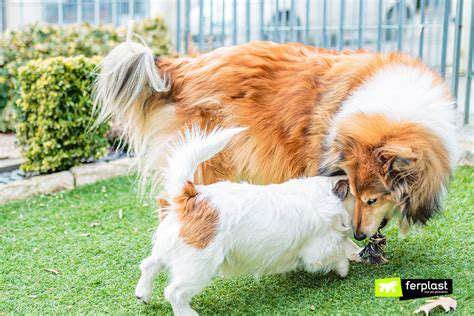
Canine Communication 101
Teach humans to speak dog with interactive quizzes:
- Is that wagging tail a helicopter of joy or stiff metronome of tension?
- Play bow vs. freeze: spotting the difference
- Interpreting calming signals like sniffing or turning away
The Role of Professional Training and Support
When to Seek Expert Help
Warning signs needing professional intervention:
- Hiding for over 24 hours post-adoption
- Aggression towards specific triggers (men, hats, etc.)
- Persistent avoidance of all social contact
